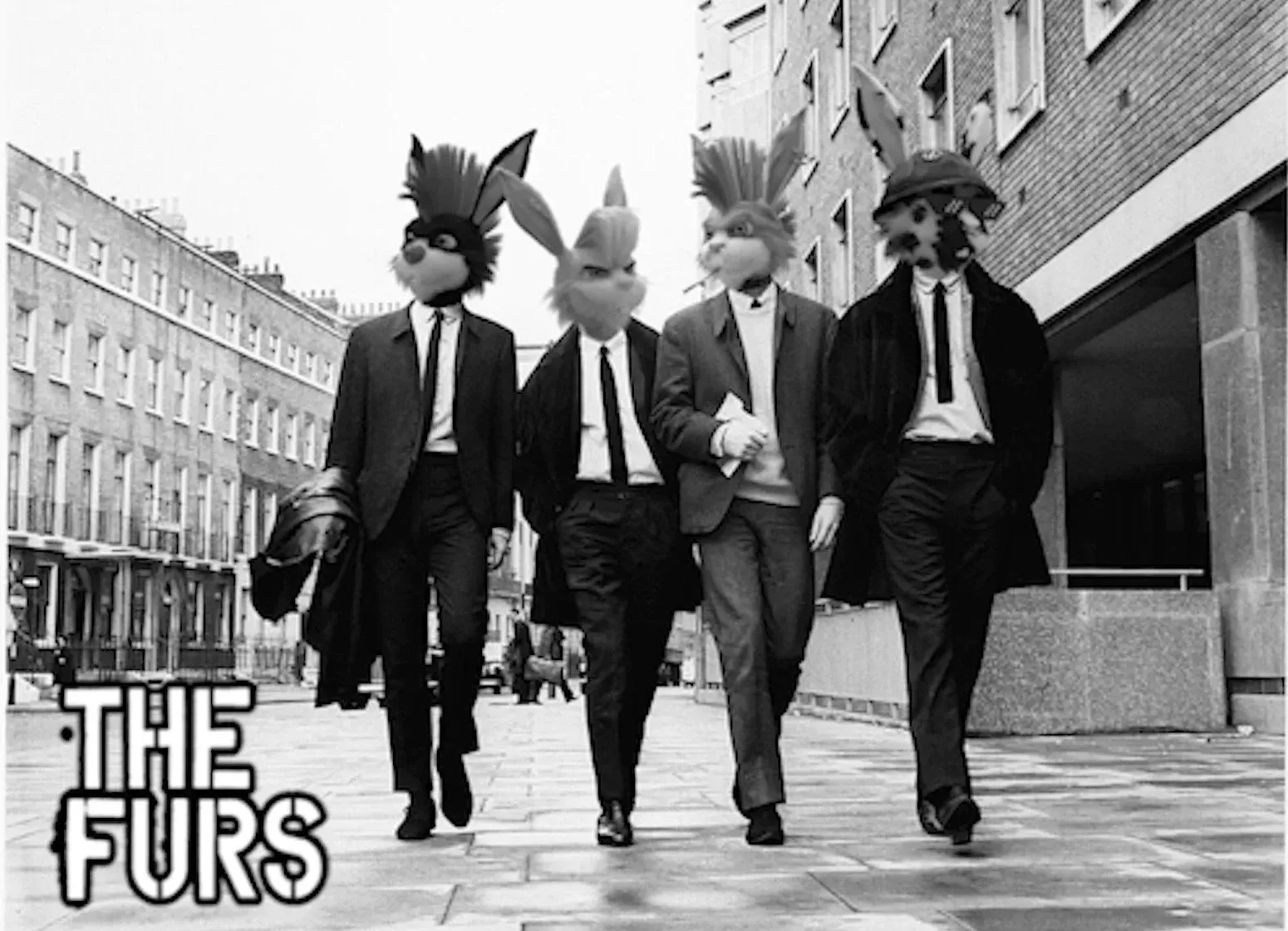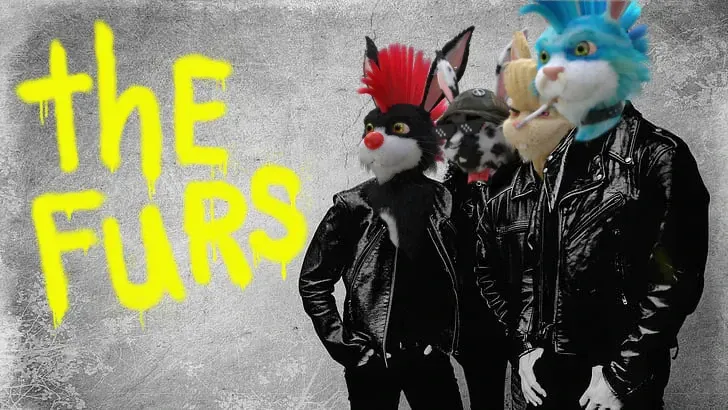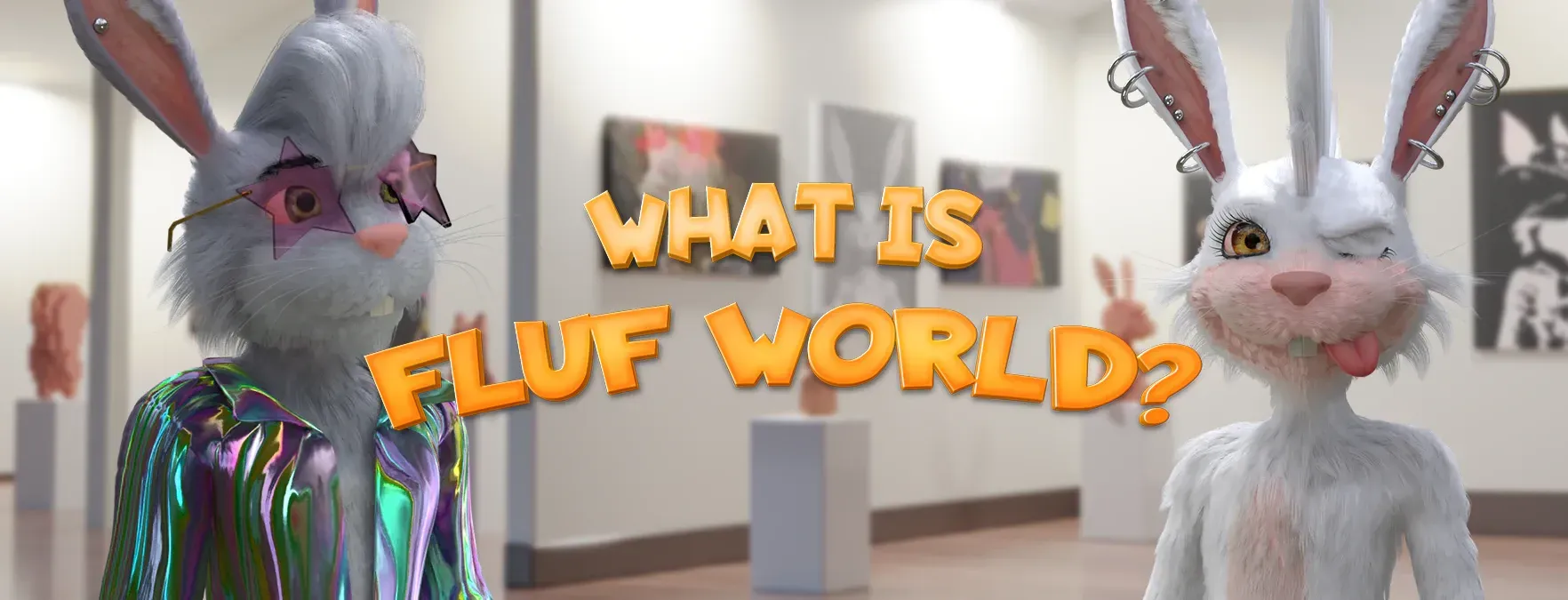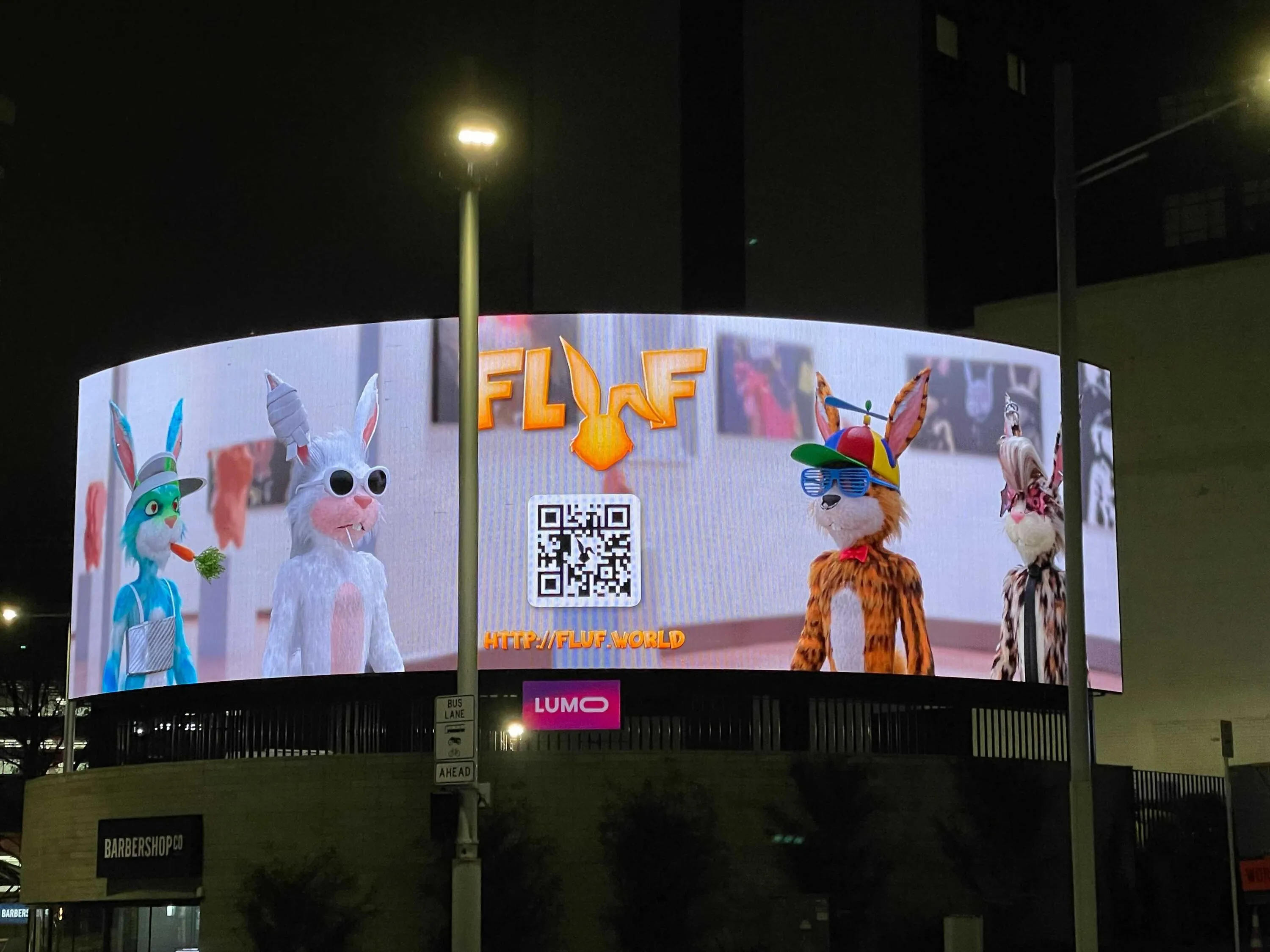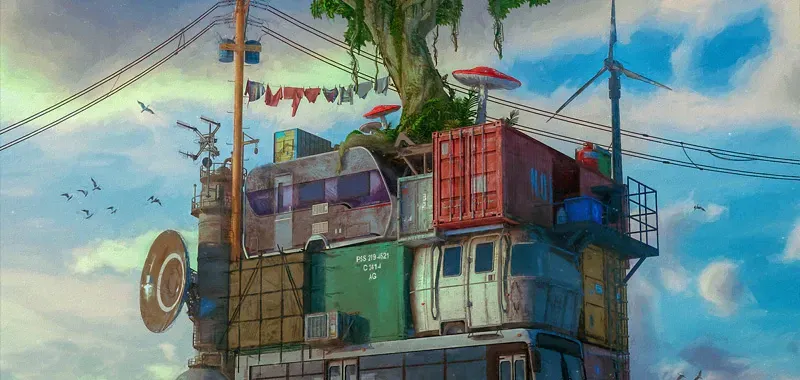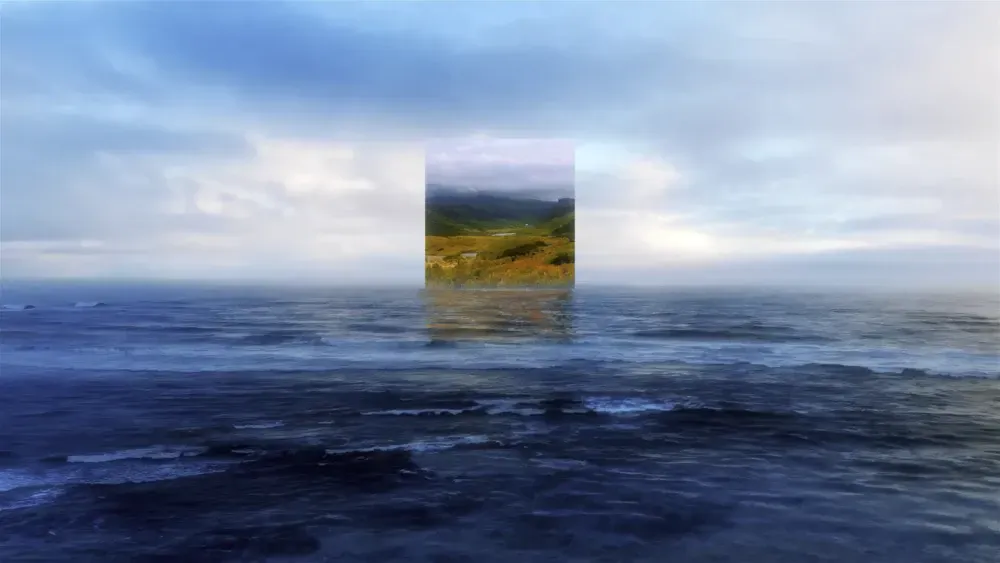NFTs Revisited: Exploring Innovation in the Murky Metaverse
Written by

Non-fungible tokens (NFTs) have been all the rage in 2021, with everyone from Nike and Dan Carter to millennials getting in on the action.
But that hype doesn’t go without its criticism, and a lot of that criticism is very valid. While it looks as though NFTs and the metaverse are here to stay, we think it’s worthwhile revisiting the topic and seeing how the technology (and adoption) have progressed over the year.
This article will reexamine the impact NFTs currently have on the world, the impact they could have, and what these impacts mean for artists and non-artists alike.
A refresher
We first covered NFTs back in May, in an article that picked up warranted attention. We followed up that article by shining a light on the dark side of NFTs: their impact on the environment, how ownership does (and does not work), and the barriers to entry for emerging artists.
In this article, we’ll take a closer look at the environmental impact of NFTs, their copyright implications, and explore how NFTs are leading to innovation in the blockchain space.
The Big Idea spoke to Aaron McDonald, who runs Auckland’s Centrality: a tech venture ecosystem that manages over 60 portfolios of companies working in blockchain, artificial intelligence, decentralised applications, and data management.
McDonald’s team is behind FLUF World (an NFT collection of 10,000+ 3D rabbits, with unique outfits, looks, backgrounds, and backing music), which he worked to create with hundreds of artists.
“There are many more traditional artists coming in and innovating with the medium,” says McDonald, who recently curated an event at Art Basel Miami, “where lots of artists [were able to] come and create physical, virtual and experiential art in the space.”

The FLUFs. Image: Centrality.
What are these things, again?
You’ve most likely heard the letters this year, but let’s break down what it means for the many still coming to grips with them.
Non-fungible tokens (NFTs) are digital assets that can be bought and sold through online marketplaces. An NFT is an authentic, time-stamped transaction – tracklable in a tamper-proof, publicly accessible ledger called a blockchain.
“Non-fungible” means that the asset’s value is unique to that asset. It cannot be replicated or replaced by a similar asset, because the original’s value is hard-coded within the asset. An original NFT is about as authentic as you can get.
An NFT is the “case” for a digital asset – like a phone case for a phone. What is encased by the NFT can be anything from a collectible item (like a work of art or a video) to a mortgage. It all comes down to something called a “smart contract”: a record of a transaction that is attached to one of the blocks on a blockchain. We’ll get into that a bit later.
“It's a container for some digital asset that's unique,” McDonald elaborates. “So NFTs can be used for art, they could be used for capturing moments. You will probably at some point in time buy your mortgage as an NFT, because a mortgage is an individually unique financial instrument.”
NFTs have caused quite the stir since they hit the mainstream earlier this year. Some art NFTs have sold for millions of dollars, and now companies like NASCAR and EA Games are approaching McDonald and others in the technology space to learn more. But with any hype, there’s also reason for trepidation.

Aaron McDonald. Photo: Supplied.
“[These companies] are getting the idea that the future internet exists in a space where assets are owned personally and are interoperable with multiple applications,” says McDonald. “They need to understand how they can play strategically to get towards that point.”
McDonald isn’t surprised by their interest, but he does seem surprised by how much these companies care about the technology behind the NFT craze. “They're being really careful about the way that they integrate their content into the environment. It isn't just slapping NASCAR on an NFT.”
How do they work?
The way NFTs can verify authenticity is that they are created, or “minted” on a blockchain. The way blocks are minted is by the processing of a smart contract: a kind of programme that executes an agreement (in this case, if a new block is built) without the need of an intermediary. It’s how blockchains can maintain true decentralisation.
At the moment, the most popular blockchain on which to mint and purchase an NFT is Ethereum, whose current operating system is the energy-sapping, environmentally unfriendly “Proof of Work” model.
“Proof of Work” means new blocks on the blockchain are created when a computer solves a complex mathematical equation – the “work”. Whoever can solve the equation first is rewarded with Ether. But these computers require a hefty amount of electricity to run and Proof of Work protocols, such as Bitcoin, have picked up warranted media attention for their climate-positive operations.
In the last few months, though, “Proof of Stake” blockchains have emerged as possible alternatives to Ethereum’s Proof of Work method. Proof of Stake uses considerably less energy because blocks aren’t built by one computer solving equations – instead, blocks are added when a consensus is met, across many different holders of a coin.
Proof of Stake moves the block-building process from the hands of a few, to the hands of many. This also means that electricity use is distributed across the entire network. Proof of Stake uses only slightly more energy than if a computer is just on, and it’s been estimated that Proof of Stake uses 99.99% less energy than Proof of Work.
NFTs, at what cost?
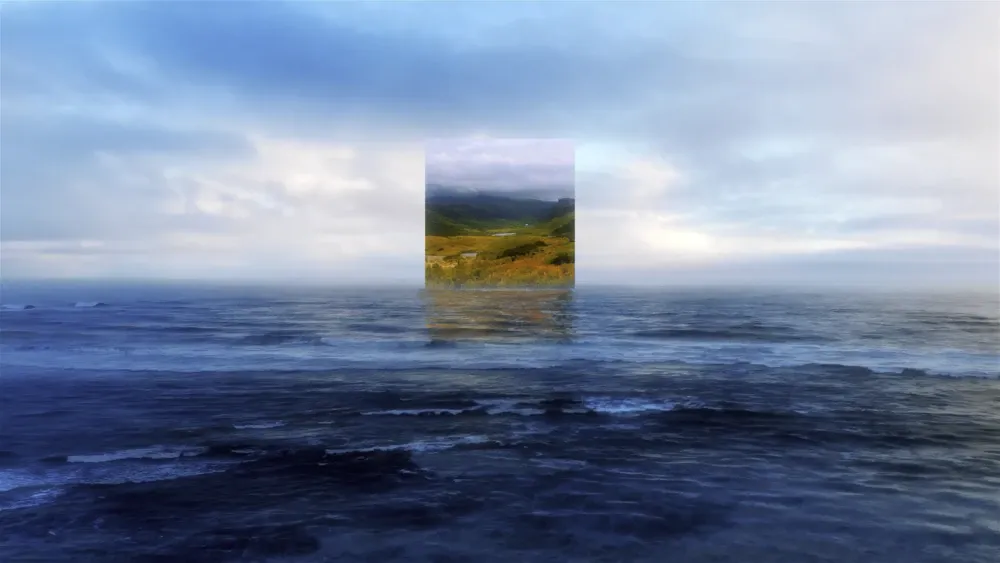
Machine Hallucination- Last Memory by Refik Anadol. Image: CarbonDrop Project.
The most obvious concern in the NFT space is the environmental impacts of the tech. In May 2021, when it was then at an all-time high of $58,000 USD, bitcoin mining around the world was estimated to use about 131 TWh per year, which is roughly the same amount as the nation of Sweden.
But soon after this zenith, China banned bitcoin mining and bitcoin value plummeted 40%. This also led to a 50% decrease in electricity use.
In November 2021, bitcoin hit an all-time high of $67,000. At the same time, its energy consumption was at an all-time high of about 190TWh per year.
But bitcoin, which gets the bulk of the flack, isn’t exactly going to innovate its way into a climate-negative, or even climate-neutral, position. The tech just wasn’t built to sustain such traffic, nor was climate change as much as a concern when bitcoin was born in 2009.
Ethereum is in a similar, though slightly more buoyant, boat – for now. The Ethereum blockchain runs on a Proof of Work protocol, same as Bitcoin, but is soon transitioning to a Proof of Stake model. This means that the work and energy that goes into creating new Ether is a fraction of what it takes to create more Bitcoin, and a fraction of what it once-required to “mine” more Ether.
While the date of that transition is some time away, those in Ethereum and NFT minting communities are racing to reduce the climate impacts of their trade.
Earlier this year, the Ethereum community (including artists like Beeple, Refik Anadol, and Sara Lury) came together to mint an NFT collection, with earnings solely going towards offsetting carbon emissions.
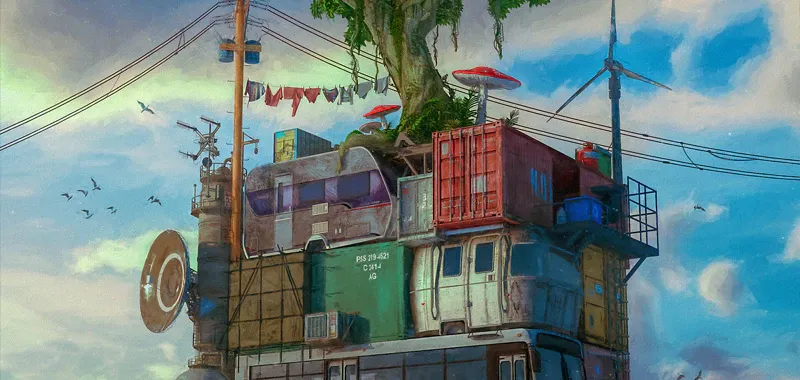
Everydays Ocean Front by Beeple. Image: CarbonDrop Project.
At this auction, Beeple’s piece alone sold for $6 million USD – money that went to Open Earth Foundation, an organisation that is working for the improved management of Earth. Projects like this aren’t rare, and they’re effectively making every NFT ever minted on the Ethereum blockchain climate-negative.
“NFTs don't add any carbon to blockchains,” McDonald points out. “Blockchains make carbon from producing blocks, and those blocks get produced irrespective of whether NFTs exist or not.”
In McDonald’s opinion, critics of NFTs should look at the impacts of other drains on the Earth’s climate. “All technology has a footprint. The total footprint of all cryptocurrencies, energy wise, is less than 1% of global energy consumption,” he says. “So if we're thinking about how to solve climate change, there are much bigger problems to solve than that.
“As a comparison,” McDonald offers, “it costs the planet more every year in carbon [emissions] for people replying ‘thank you’ to emails, than all of the NFTs that have ever been minted.”
And in the meantime, there are emerging NFT marketplaces that already run on the more sustainable Proof of Stake system. Alternative blockchains, such as McDonald’s CENNZnet, and others like Stellar, Solana, and Cardano, run on a fraction of the electricity output of Ethereum.
McDonald has even worked to build carbon offsetting technology into his blockchain: “CarbonClick have integrated carbon offsetting into CENNZnet itself so that the network automatically offsets its own (pretty small) emissions on every block, making the network carbon negative Developers can hook into the on-chain credit assets to make new carbon offsetting apps.
“Everyone I know in the space cares about the carbon impact and they're working to reduce that by introducing new technology,” McDonald adds.
Artists and NFTs
The art world - in particular - has been staunchly opposed to NFT minting and selling. The proposition of buying and selling digital assets in a relatively unregulated market might instill a sense of uncertainty and fear of exploitation – not to mention questions of copyright infringement, authenticity, and fairness.
On the surface, it appears that when an artist opens themselves up to the digital world they’re also opening themselves up to scams. But the very nature of a blockchain ledger means that transactions (ie, minted NFTs) are tracked in a secure public record.
“Whenever a piece of art was initially minted (the NFT and the content that's attached to it),” says McDonald, “that's timestamped in an immutable tamper-proof, public, permanent record. If claims are going to be made about which one is original, you've got this public record as proof.”
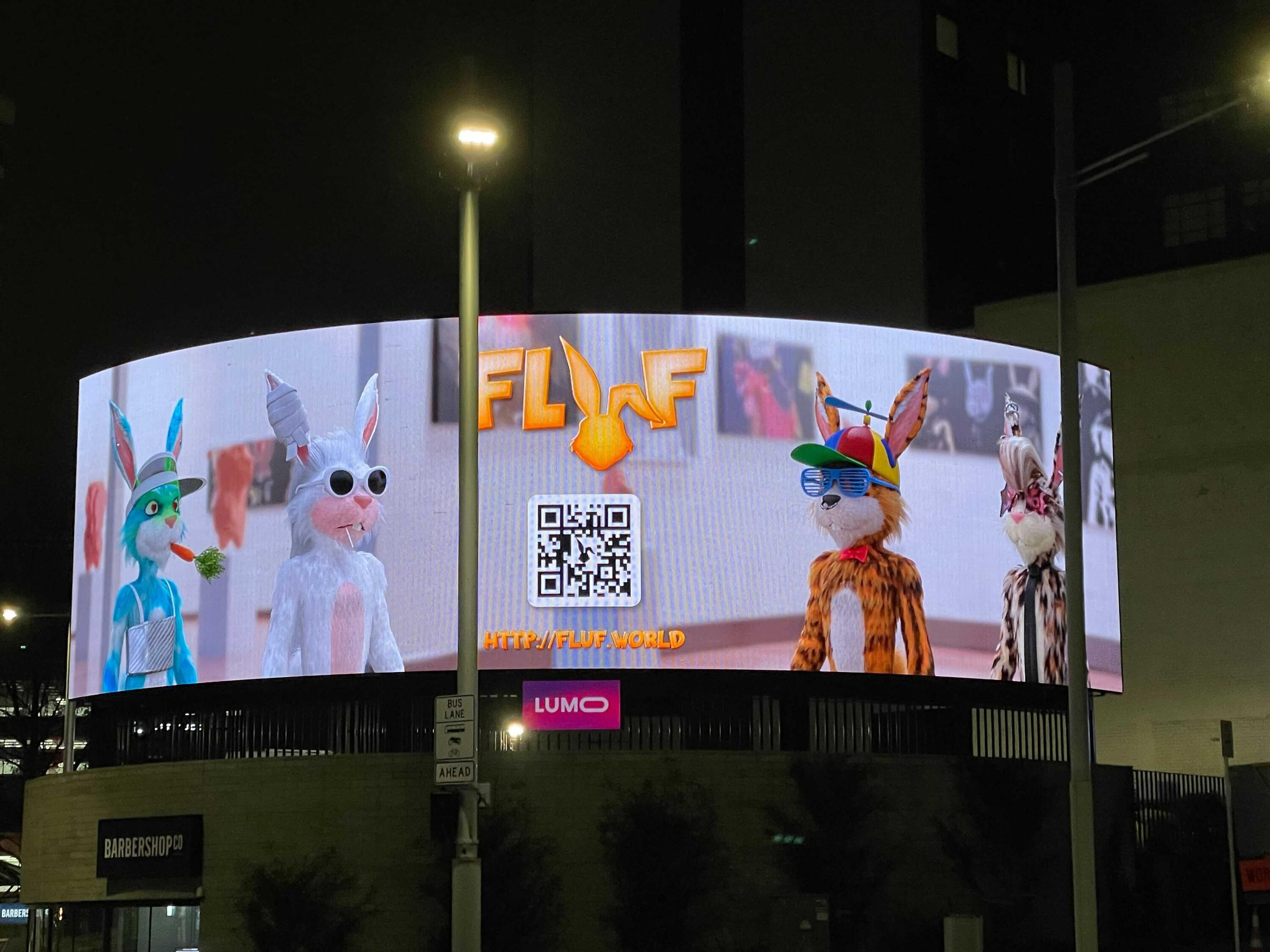
NFTs are niche no longer - seen here advertised in Downtown Auckland. Photo: Centrality.
When a studio produces an NFT collection, like Centrality did with FLUFs, every NFT that exists as part of that collection can be tracked to an exact Ethereum address, at an exact time. Any knock-off FLUFs can be easily identified by its digital fingerprint.
“If you want to check if you've got an authentic FLUF, then you can go to our website,” says Macdonald. “You can look at the smart contract address that minted it, and you can check that the asset you're being sold matches the contract address.”
This method of checking authenticity cuts out the middle players, says McDonald, and is a quick way of verifying that what you’re looking to buy is legitimate. Plus, “you don't have to go to an art dealer or authenticator or anyone else to do that,” says McDonald. “You can just do that by yourself.”
McDonald sees NFTs as the way of the future for tracking secure transactions of any kind – not just art. He envisions a world where everything, from streaming services to mortgages, exists as an NFT.
For emerging artists, McDonald believes NFTs represent a real shift in the art world. Digital assets on the internet are more easily discoverable, and artists can more easily become part of a community of like-minded creators, all working towards building something collaboratively.
McDonald points out that the world is becoming increasingly more digital, and it’s no surprise that the way we buy and sell everything (including works of art) is becoming more digital too.
“NFTs are natively digital, and they exist in these very accessible marketplaces which mean that it's easy to discover them,” McDonald says. “And because you can now build economic incentives into art, then there's a second layer, beyond the kind of purely aesthetic thing that gets people interested in them.”
But what about people who are in the NFT trade to make a quick buck? McDonald won’t deny that people do get into the hype in order to make a profit – after all, he runs a business that profits off the sale of NFTs.
“You'd be kind of naive to say that [NFT flipping] didn't exist,” McDonald says. He views the hype as a way to further drive discovery. The more people that think of the art as valuable, the more people see the art, and the more benefits that come back to the creator, in perpetuity.
This linear transfer of value, delivered directly to the artist, hasn’t always been attainable for artists. Before, artists would sell a piece and that’s the extent of the monetary reward they received. “This technology allows them to continually and perpetually benefit from the sales of that art as it becomes more popular, which is something they've never been able to do before.”
Beyond that, NFTs themselves are bringing innovation, with artists using the medium to drive community and connect with like-minded creators.
“They're building smart art,” says McDonald, “with social discovery built in.”
McDonald describes an artwork he bought recently, called “The Animal Coloring Book”, which reveals more of the art each time it’s sent to someone else.
Furthermore, McDonald points out that the notion of copyright itself is changing.
“With FLUFs, we gave full commercial rights to the content to whomever owns the NFT. That might seem counterintuitive, but actually, what it does is it 10,000 times increases your creative community. [People are] out there making generative products off the back of that art. They’ve named their own FLUFs, they write their own backstories, their own lore, and all of this stuff is creating a content volcano that's exploding out of that.
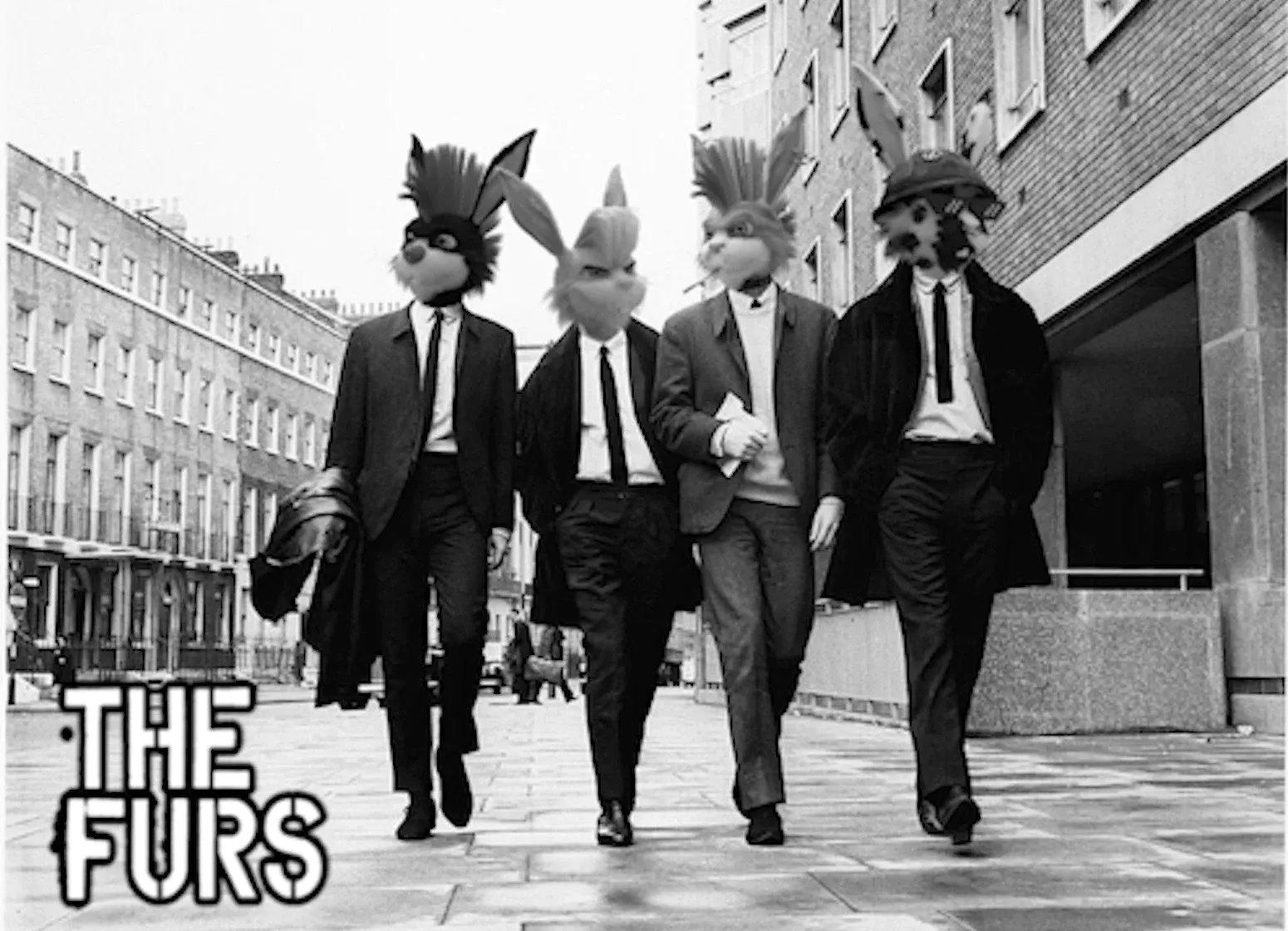
Image: Centrality.
“Every time that happens, FLUFs become more interesting and more people want to own FLUFs, and then they buy them and [our artists] get a percentage of the sales of that in perpetuity. We want this creativity to happen in the community, and so we've given up our IP rights.”
Emerging technology
Yet, with every new technology, there are always teething problems.
Adoption curves are long-tailed, and fraught with controversy. It happened with the telephone, cloud computing, and electric vehicles, McDonald outlines.
“Just like we have petrol cars on the road, and we have electric cars as an option, it takes time for that transition to happen.
“You always have these cultural layers of popular knowledge versus actual facts. And we're still in that phase with blockchain technology.”
In many ways, the hype doesn’t help. “Some of the community have overstated what the technology can actually do,” explains McDonald. “This is common in hype cycles: everyone believes things are going to change the world more than they do initially. And [then over time] they end up changing them more than everyone else thought.”
For emerging artists, the surface of the metaverse can be confusing and risky.
Despite all of the hype around discoverability and decentralisation, the big players (ie, those who own big bags of Ether, those who have the most to gain) still hold the keys to the gates. The NFT landscape isn’t straightforward, leaving many on the outside looking in. Organisations like Centrality try to demystify the process by creating resources for interested artists, including an introduction to Blockchain.
McDonald offers some words of encouragement.
“It's just a piece of technology. This is a new medium, a new way to think about creating content, and a new way to think about distributing content.
“Some people are going to do a shitty job with that. Some of those are going to be scams, but there's a lot of cool stuff happening.
“It's no longer a niche. Every major content owner in the world is investigating, and inventing and distributing and making content in the space going forward.
“Check it out, be open, recognise there’s some bad in every good. Don't believe all the hype, but also don't believe all the [negativity]. Try to get involved and learn by doing.”
